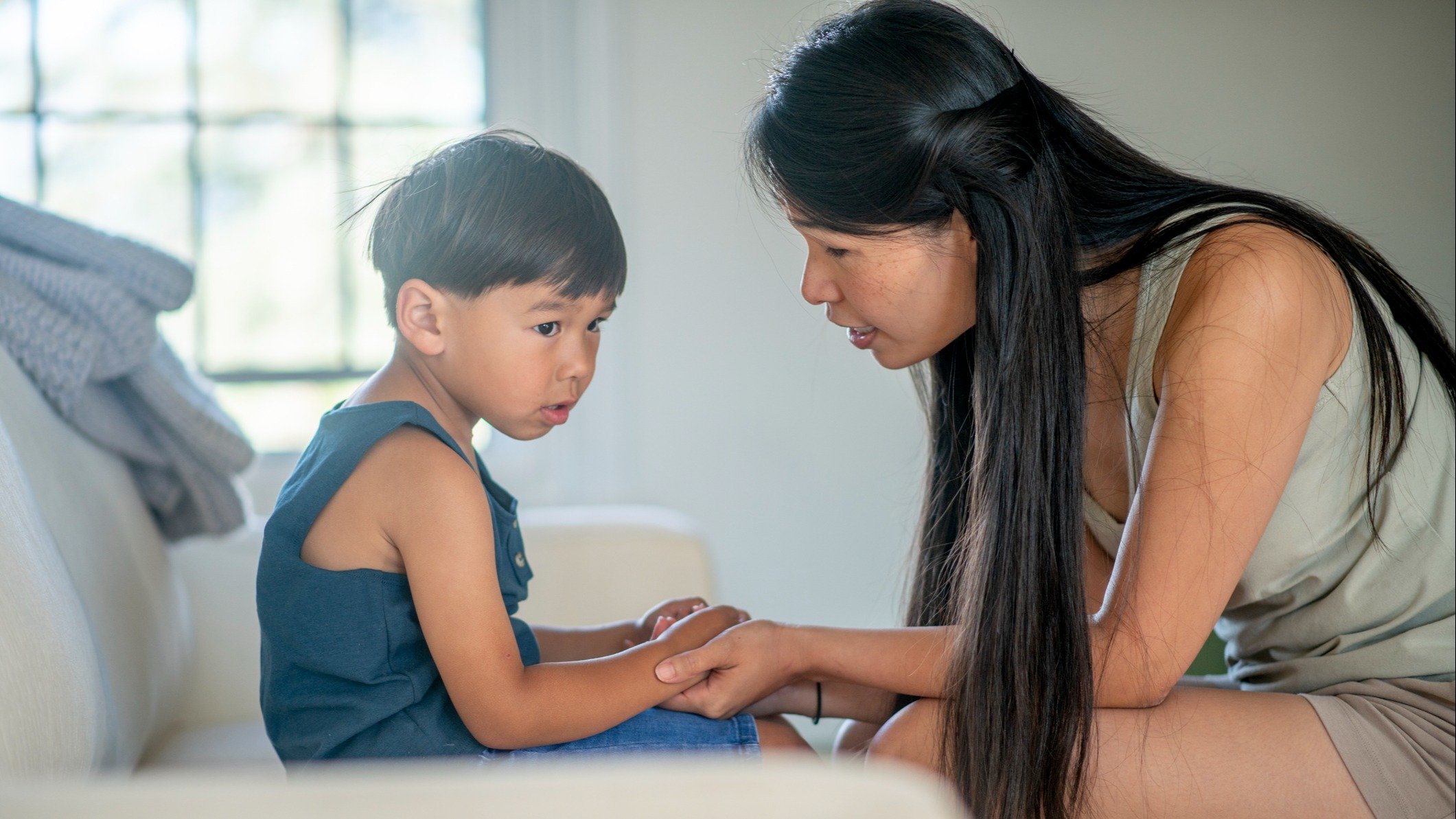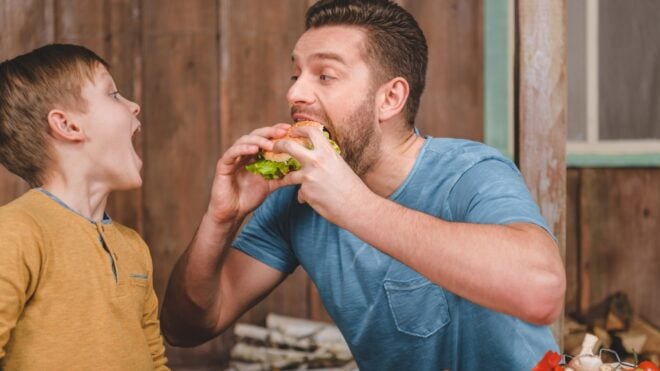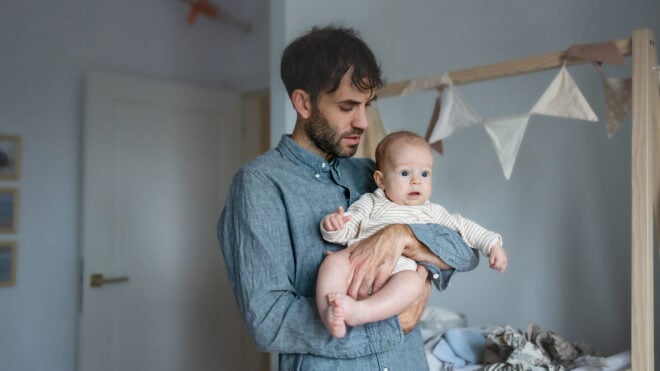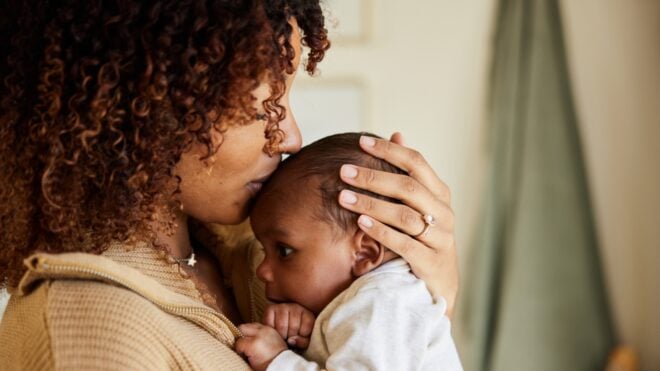
It’s impossible to wrap our brains around what happened earlier this week at Robb Elementary School in Uvalde, Texas. The lives of 19 children and two teachers were taken while they were having fun in their classroom shortly before the end of the school year.
As the community mourns and the country grapples with how to fix this uniquely American problem, parents are having tough conversations with their kids. And one helpful tip parents can use comes from a clinical psychologist who has a perspective on helping kids through trauma – specifically gun violence at school.
Katelyn Campbell is a practicing psychologist in South Carolina who shares advice for parents
Campbell was working in Connecticut in 2012 when 20 students and six adults were killed during the Sandy Hook Elementary School shooting in Newton. She saw firsthand how parents and kids tried to make sense of the senseless act that changed their worlds forever.
And there was one exercise she found particularly helpful for kids to do to help process what happened that day.
The trick is using art and play
According to Campbell, “Kids process their feelings through play and art,” she told Today Parents. And she saw this play out when she worked with the Newton community in 2012.
“What helped: We had our kids draw pictures of scenery that made them feel calm — we then hung them up around the school to make the ‘other kids who were scared’ have something calm to look at,” Campbell shared in a Twitter thread.
The reason it works?
“It gave the kids something to ‘do’ that felt useful,” she explained. Campbell shared that kids are similar to adults in that when something terrible happens, they “want to feel helpful when they feel helpless.”
For Teachers/Therapists: I worked in a CT elementary school when Sandy Hook happened.
What helped: We had our kids draw pictures of scenery that made them feel calm—we then hung them up around the school—to make the “other kids who were scared” have something calm to look at.
— Dr. K8 PsyD (@psych_k8) May 25, 2022
Drawing calm scenery allowed the kids to feel like they were able to help others.
“And they loved the idea that they could help ‘other kids’ feel better,” Campbell wrote. “They were the scared ones, but it’s easier to talk about the ‘other kids.'"
She explained that in these circumstances, using words like “calm” is better than “safe”
“We didn’t use the language ‘safe’ place because that can be a tough and loaded concept for kids who never feel safe,” Campbell wrote. “So we used language around feeling ‘calm’ or ‘peaceful’ and the kids ran with it. Many asked to make multiple pictures. We were ready to wallpaper the place.”
The whole school got involved, and the kids found comfort in drawing the scenes, making their school feel calm and peaceful.
“Other classes jumped in, and our school was covered with rainbows, beaches, pretty flowers, playgrounds, and happy scenery by the end of the day. I’m pretty sure it helped us adults, too,” Campbell shared. “They stayed up for weeks.”
As many classrooms and parents try to help their kids cope, this is one tangible way to help
It’s tough to know what to do in these situations. As a parent with our own fears, while trying to be mindful that we don’t compound our kids’ fears, too, it can be hard. We know asking our kids to draw pictures of places where they feel calm or peaceful isn’t going to fix the problem – there’s a lot of work that has to be done to get there – but it’s one tool we can use to help our kids begin to process what happened.
Sometimes walking through grief and processing hard things means small, slow steps. And this is one helpful tip to begin that long process of healing.




